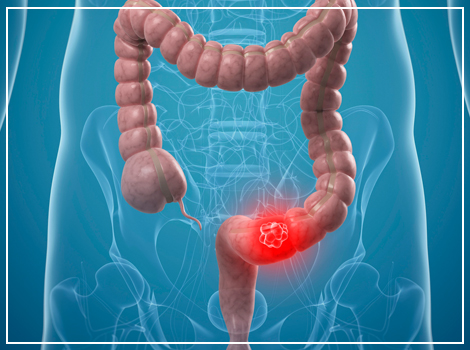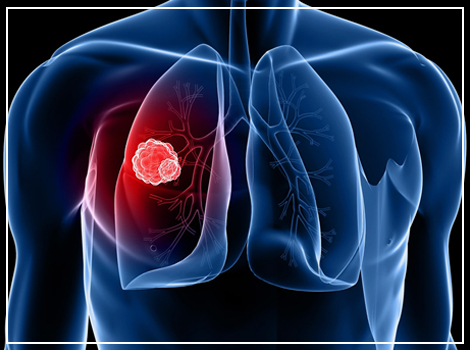Dr Manish Singhal - The best Cancer Specialist in Delhi
Time to Time Check Up’s
Breast Cancer
- Women aged 40 to 44 should have start annual breast cancer screening with mammograms (x-rays of the breast) if they wish to do so.
- Women age 45 to 54 should get mammograms every year.
- Women 55 and older should switch to mammograms every 2 years, or can continue yearly screening.
- Screening should continue as long as a woman is in good health and is expected to live 10 more years or longer.
- All women should be familiar with the known benefits, limitations, and potential harms linked to breast cancer screening
Women should also know how their breasts normally look and feel and report any breast changes to a health care provider right away.
Because of their family history, a genetic tendency, or certain other factors some women should be screened with MRIs along with mammograms. (The number of women who fall into this category is very small.) Talk with a health care provider about your risk for breast cancer and the best screening plan for you.


Colon & Rectal Cancer
Tests that find polyps and cancer
- Colonoscopy every 10 years,
- CT colonography (virtual colonoscopy) every 5 years
- Flexible sigmoidoscopy every 5 years
- Double-contrast barium enema every 5 years
- Damages body tissues.
Tests that mostly find cancer
- Yearly fecal immunochemical test (FIT)
- Yearly guaiac-based fecal occult blood test (gFOBT)
- Stool DNA test (sDNA) every 3 years
Before taking any test always consult to an oncologist. The tests that can find both early cancer and polyps should be your first choice if these tests are available and you’re willing to have one of them. But the most important thing is to get tested, no matter which test you choose.
Talk to the oncologist regarding proper schedule, testing plans and family history. If you are at high risk of colon cancer based on family history or other factors, you may need to be screened using a different schedule.
Lung Cancer
Lung Cancer is of three types, you have to know which type has affected you to know about the treatment and further diagnosis. If you are not sure about it consulting an oncologist is the best thing to do.
- Non-Small Cell Lung Cancer Non-small cell lung cancer is the most common of lung cancer. It takes of has an unfair share of 85% of total lung cancer cases.
- Small Cell Lung Cancer It is also known as oat cell cancer. This type of lung cancer spreads quickly and 10%-15% of lung cancers are small cell lung cancer.
- Lung Carcinoid Tumor Less than 5% of total lung cancer is Lung Carcinoid Tumors. Most of these grow slowly and rarely spread.

Lung cancer prevention and its early detection
- Tobacco Smoke
- Exposure to Radon
- Exposure to asbestos
- Exposure to cancer causing agents in the workplace
- Air pollution
Lung cancer prevention and its early detection
- Arsenic Drinking in water
- Previous radiation therapy to the lungs
- Hereditary
- Certain dietary supplements
Prostate Cancer
Lung Cancer is of three types, you have to know which type has affected you to know about the treatment and further diagnosis. If you are not sure about it consulting an oncologist is the best thing to do.
About Prostate Cancer
Prostate cancer begins when cells in the prostate gland start to grow ferociously. The prostate is a gland found only in males. It makes some of the fluid that is part of semen. Prostate is below the bladder and in front of the rectum. The size of the prostate changes with age. In younger men, it is about the size of a walnut, but it can be much larger in older men.
Types of prostate cancer
Almost all prostate cancers are adenocarcinomas. These cancers develop from the gland cells (the cells that make the prostate fluid that is added to the semen).


Other types of prostate cancer include:
- Sarcomas
- Small cell carcinomas
- Neuroendocrine tumors (other than small cell carcinomas)
- Transitional cell carcinomas
These other types of prostate cancer are rare. If you have prostate cancer it is almost certain to be an adenocarcinoma.
Some prostate cancers can grow and spread quickly, but most grow slowly. In fact, autopsy studies show that many older men (and even some younger men) who died of other causes also had prostate cancer that never affected them during their lives. In many cases neither they nor their doctors even knew they had it.
Prostate Cancer Risk factors
- It is rare in men below age of 40, but grows rapidly after age 50. About 60% of prostate cancer is found in men older than 65.
- Prostate Cancer is most common in North America, Northwestern Europe, Australia & Caribbean Islands, the reasons for this geographical difference is unknown.
- In some cases Prostate Cancer can also run in families through inherited or genetic factor.
- The exact role of diet in Prostate Cancer is not clear, still men who eat a lot of red meat or high-fat dairy products appear to have a slightly higher chance of getting prostate cancer.
- Few studies have also found that obese men have greater risk for having more advanced prostate cancer.
- Some studies have also found smoking as a reason behind prostate cancer but they are yet to find the specific link between smoking & prostate cancer.
How to prevent Cancer?
- Stay updated with cancer related news
- Watch videos of cancer patients & survivors
- Read articles, case studies of oncologists
- Look for tests to find & diagnose cancer
- Men’s health (What to keep in mind?)
- Women’s health (What to keep in mind?)



